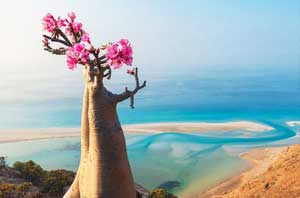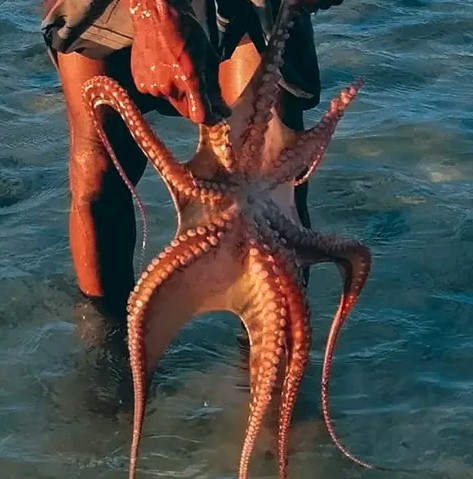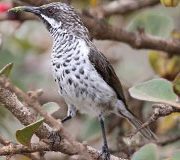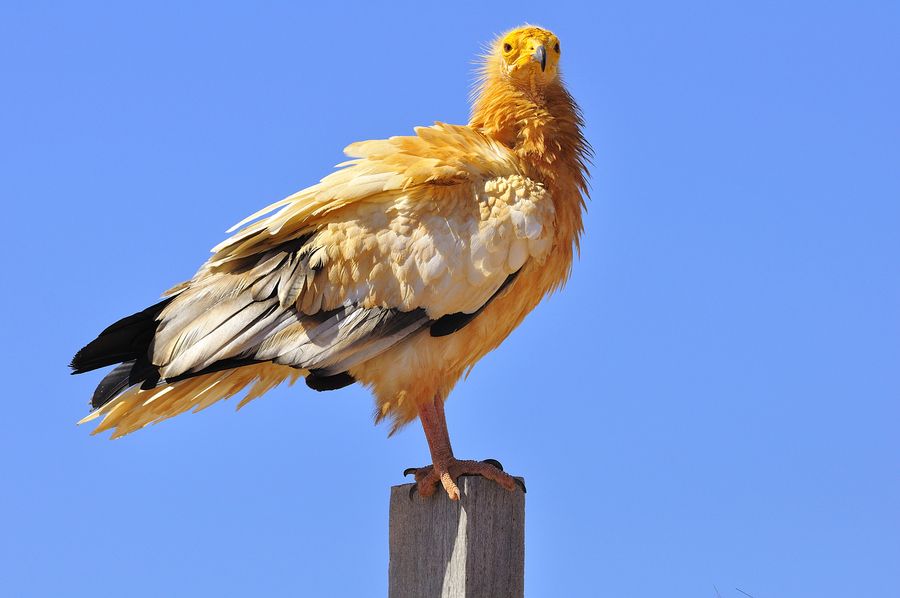Socotra Island
Socotra background
The Mystery Island of Socotra Yemen, which described as Galapagos Island, bride of the Indian Ocean and Jewel of Yemen.
Since decades, the island has been intrigued travelers & scientists, because the Island is rich of rare fauna and flora and amazing landscape.
Socotra is a natural painting, attractive and fascinating; as if the panel of artistry were designing it for a hand of a created artist it chose the dimensions to it an admirable artistry.
Socotra with its rugged mountains, dragon blood trees, studded plateaus, fresh mountain streams, gorgeous beaches, seas teeming with fish, a lots of trees and plants not found anywhere else in the world, safe environment and welcoming people, is truly a forgotten jewel and one of the world’s last frontiers.
The Island became a site of global importance for biodiversity conservation and a center for ecotourism. As well as students botanists and others interested in the plant life of the region.
All of these give Socotra Island in Yemen a firm position to the visitors to enjoy in amazing natural wildlife and the astonishment.
Location and area.
The Governorate of Socotra archipelago, including a group of 4 Islands, Socotra, Samha, Darsa and Abdul kori, It is the largest of the islands of Yemen and is located southeast of Yemen in the Indian Ocean.
The island is located more than 500 miles southeast of Aden and about 300 miles from Mukalla, It is about 135 km long, 45 km wide (center) and covers an area of 3625 km2.
During the mid-Pliocene (about 6 million years ago), the island likely separated from Africa as a fault block, related to the same series of fission events that opened the Gulf of Aden to the northwest.
The Archipelago has had such a unique assemblage of animals and plants species. It described as the forgotten jewel and one of the world’s 
The Island is known for its plant diversity, including the dragon blood tree and a variety of succulents. While currently relatively pristine. the ecoregion has a long history of human occupation. and over 50 endemic plants are listed on the IUCN Red List of Threatened Species.
Socotra Archipelago remains vulnerable to increased human activity tourist and industrial development. Strange animals have also been found on Socotra.
Socotra plants which are living relics of the prehistoric world are often described as ‘most bizarre’ as weird vegetation’ and ‘grotesque’.
Socotra Island Flora
 The long geological Isolation of the Socotra archipelago. and its fierce heat and drought has combined to create a unique and spectacular endemic flora (which may. therefore, be vulnerable to introduced species. such as, goats and to climate change).
The long geological Isolation of the Socotra archipelago. and its fierce heat and drought has combined to create a unique and spectacular endemic flora (which may. therefore, be vulnerable to introduced species. such as, goats and to climate change).
The known Socotra flora stands at over 940 species. Including some 300 endemics. 16 of which are restricted to Abdu Al Kuri and another 10 confined to Samha.
Many are strange-looking remnants of ancient floras, which long ago disappeared from the African /Arabian mainland.
They create a scene of weird vegetation and make the Socotra the world’s tenth richest Island group for endemic plant species.
There are certainly many more plant species that have yet to be discovered in Socotra. For an example, Dr. Tony Miller of the Royal Botanical Garden in  Edinburgh. Recently collected the first known specimens of a tiny carnivorous plant. Which grows on moist tree trunks in the higher reaches of the Haghier Mountains.
Edinburgh. Recently collected the first known specimens of a tiny carnivorous plant. Which grows on moist tree trunks in the higher reaches of the Haghier Mountains.
One of the most famous Botanical curiosities of Socotra Is the Dragon blood trees. The tree is so named. because any injury to the bark results in a deep red liquid secreting from the scar.
This was compared in the past to the “Blood of Dragons”.
Only in sheltered valleys and higher mountain areas is the vegetation more luxuriant. Different main types of vegetation can be recognized.
The most distinctive is the open deciduous shrub land of coastal plains and low inland hills dominated by the common shrub, Croton socotranus. and tree succulents. Such as the bizarre Adenium and Dendrosicyos.
The higher altitudes are home of frankincense, Socotran Aloe and wild pomegranate. One of the most famous botanical curiosities of Socotra is the Dragon’s Blood Tree (Draecaenia Cinnabari).
Whose name is derived from the fact that by carving its trunk it pours out a red resin. It is said by the ancient belief, to be the blood of the dragon.
Also there is ancient belief that the tree grown on the same place where Cain killed his brother Abel. So for this reason the tree called in Arabic (brothers blood’s tree).
Socotra Fauna
Socotra has a rich variety of plant and animal species. With a high degree of endemism. 12 mammal and more than 223 species of birds have been recorded here with new species being found every year.
Over 48 of the bird species breed here, while 85 species are regular migrants or winter visitors.

There may be also undiscovered species of insects on Socotra, because of the persistent monsoon winds. So many Socotra insects have evolved relatively small wings, an adaptation. Which prevents them from being blown out to sea.
Other arthropods include immense centipedes which can reach a length of more than 20 centimeters and give a nasty pinch.
At webs across woodland gaps, harmless to humans. But intimidating nonetheless. At least 80% of Socotra’s reptiles are endemic. And herpetologists believe that there are still several undiscovered species on Socotra.
About 12 species of mammals are known from Socotra, the small mangrove belts appear to be a suitable breeding habitat for sea birds.
 Extremely rich and interesting is the reptile fauna comprising 19 out of 22 endemic species. Nesting of sea turtles, probably Green Turtles but possibly Hawksbills, takes place on the north coast.
Extremely rich and interesting is the reptile fauna comprising 19 out of 22 endemic species. Nesting of sea turtles, probably Green Turtles but possibly Hawksbills, takes place on the north coast.
Ornithologists believe that more detailed study of the ten endemic subspecies. will lead to the splitting of some to full specific status. This most obvious bird to the visitor.
However, the ubiquitous Egyptian Vulture, known locally as saeedoh or Al Baladiya Socotri, or Municipal Bird, for its habit of cleaning up everything such as kitchen waste.
However, this unique biodiversity in the Island. And its marine surroundings enriched with precious fish-wealth, coral reefs. As well as, other marine life has become threatened by predators.
Who sniff their prey of such rare plants, animals and birds. Also the exploitation of the fish wealth exposes it to loss.
Socotra Brief History
In 1488 – 1489 Ibn Magdid commented that Socotra a Christian Island ruled over by a Woman.
In 1507, Portugal landed an occupying force at the capital of Soq to “liberate” the assumed friendly Christians from Arabic Islamic rule. However, they are not welcome as enthusiastically. as they expected and abandoned the Island four years later.
The Island passed under the control of the Mahra sultans in 1511.
In 1800 the fanatical and puritanical south Arabian tribe. The Wahabees attacked Socotra and destroyed tombs, churches. And graveyards on the coast around Hadibo. and terrified the Bedouin into formally accepting the Mohammedan faith.
Later in 1886 it became a British protectorate, along with the remainder of the Mahra State of Qishn. For the British It was an important strategic stop-over. The P&O ship ‘Aden’ sank after being wrecked on a reef near Socotra in 1897. with the loss of 78 lives.
In 1967 the Mahra sultanate abolished with the independence of South Yemen from the British.
On November 30, 1967 AD. Socotra came under the southern government of the Democratic Republic of Yemen.
Later, the Island annexed administratively to Aden.
In 1999 AD, Socotra attached administratively to the Hadhramaut Governorate, according to the Republican Decree Law No. (23).
President Ali Abdullah Saleh open the first airport on Socotra In 1999.
In 2003, Socotra became a UNESCO Department of Biosphere Reserve. Recognize the intimate relationship between the Islanders and their environment. It’s being nominated as a natural world heritage site.
Which is exactly that happened 5 years later. On July 7, 2008, the United Nations Educational, Scientific and Cultural Organization (UNESCO) announced the inscription of Socotra in the List of World Natural Heritage.
In 2013, president Hadi announced Socotra as independent governorate and this is was the answer for who owns Socotra island ?
Socotra General Climate
Socotra Island location at 12.6 degrees N and 53.9 degrees E, or in the NW. Indian Ocean where it merges with the Gulf of Aden, see Socotra island map.
Two characteristics of the Southwest Monsoon season winds are noted in this sequence of meteograms.
First characteristic
The tautologically tendency for morning maximum surface wind speeds and evening minimums are more faithfully depicted in this set.
Second characteristic
The overall comparison of the two sets is an example of the highly persistent nature of the wind patterns that occur throughout the Gulf of Aden. and western Arabian Sea during the Southwest Monsoon season.
During the summer months from June to the mid of September. The southwest Monsoon blows an average of 20-25 knots. Due to the unique topography of the land and mountains, these monsoon winds generate very strong winds on the northern coast and plains, many times averaging 50-60 knots. So the monsoon make the travel to Socotra island limited.
In a couple of particular spots on the north coast. the configuration of the mountains can sometimes create short and savage bursts of winds in excess of 170 kph.
This is a very locally experienced phenomenon and many areas of the Island. such as the south and west coasts, just bask in the cooling trade winds.
How to visit Socotra island, you can visit Socotra from October up to May, because from June to September the Island exceedingly strong monsoon winds. So access by sea is virtually impossible due to high seas and strong winds all around the Island.
during the monsoon, the Island accessible only by plane, since there is a weekly Socotra Island flights, the first by Yemenia airways every Monday from Aden via Mukalla airport and the second flight every Tuesday from UAE.
Even under normal weather conditions, the communications from the mainland by air and by sea (boats), this is how to get to Socotra Island.
During the monsoon period many people move to the south coast to escape the winds and to harvest their date palms.
The northeast monsoon of winter (November to February) is somewhat cooler and wetter — although annual precipitation on the Island is a scant 130-170 mm per year on the coast, rising to around 1,000 mm in the mountains.
Mean average temperatures range from 27°C to 37°C maximum and 17° to 26°C minimum along the coastal plain, with temperatures being significantly cooler at higher elevations. Rainfall is very sporadic and in some years the coastal areas receive none.
The months of April and May are the hottest. And driest one but with possible rain in some parts of the Island. Temperatures usually rise above 40 °C.
Please contact Socotra Holidays and Tours via Email or Whatsapp or Telegram, or Instagram if you need any Information or if you want to inquiry about Socotra Island Tours.
